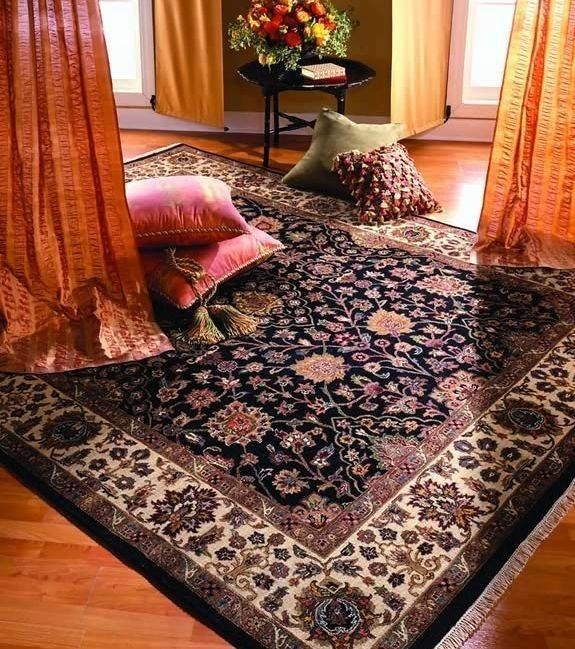

The allure of handwoven rugs lies not just in their tactile luxury but also in their visual storytelling. Each rug is a palimpsest of history, a canvas on which weavers from India to Persia, from Tibet to Turkey, paint their tales with dyes and designs. For enthusiasts and collectors alike, understanding the language of these colors and patterns is akin to uncovering a secret dialect that has been spoken for centuries through the warp and weft of these exquisite pieces.
The creation of a handwoven rug begins long before the first knot is tied. It starts with the selection of natural fibers and the ancient art of dyeing. In traditional settings, weavers turn to nature for their palette, boiling plants, insects, and minerals to extract vibrant hues. Indigo for depth of blues, madder root for rich reds, and walnut shells for earthy browns have all been harnessed to color the yarns that will define the rug’s character.
Yet, the true magic lies in the dyeing mastery—the ability to transform the raw colors into subtle shades that will give the rug its mood and atmosphere. It is here, in this transformation, that the weaver’s skill is akin to that of an alchemist, blending not just materials but also moods and emotions.
Once the stage is set with the perfect colors, the loom becomes the canvas for intricate patterns that tell stories of the land, mythology, and the weaver’s personal vision. Patterns in handwoven rugs are often more than decorative elements; they are symbolic codes.
In the swirling floral motifs of Persian rugs, one might read tales of paradise gardens—a reflection of an earthly utopia. The geometric precision found in Turkish kilims may echo the principles of balance and harmony that are deeply rooted in the region's cultural philosophy. Similarly, the vibrant chaos of colors in Indian dhurries captures the essence of the country's spirited festivals and intricate art forms.
The deciphering of these visual languages is not only fascinating but also essential to the appreciation of handwoven rugs. It is a literacy that rug connoisseurs and casual admirers alike can cultivate over time. Whether it's identifying the tribal affiliations through specific motifs or understanding the spiritual symbolism of a particular design, each rug invites you to read between its lines.
Consider the classic ‘boteh’ or paisley pattern—a motif with Persian origins that signifies life and eternity. Or the ‘gul’, a medallion-like design often seen in Turkmen rugs, which can indicate tribe lineage or status. To the trained eye, these designs can reveal much about the rug’s origins and the stories it carries.
In today's global tapestry, the language of rug design is evolving. Contemporary weavers may incorporate unexpected color combinations, blending traditional patterns with modern aesthetics. Yet, even as trends shift, the rich heritage of dyeing and design remains at the heart of each creation.
As we move forward, it is crucial to honor these time-honored techniques, preserving them for future generations to enjoy. When we choose a handwoven rug, we are not just selecting a piece of home decor. We are participating in the preservation and continuation of an art form that speaks a colorful language—one that has been whispered through the threads of history and continues to resonate in the modern world.
At Wallingford Galleries, we believe every handwoven rug is a narrative woven into existence. We invite you to explore our collection, not just as mere adornments for your space but as stories waiting to be read, interpreted, and cherished. Step into the colorful language of handwoven rugs, and let your home resonate with the tales and traditions of the world.